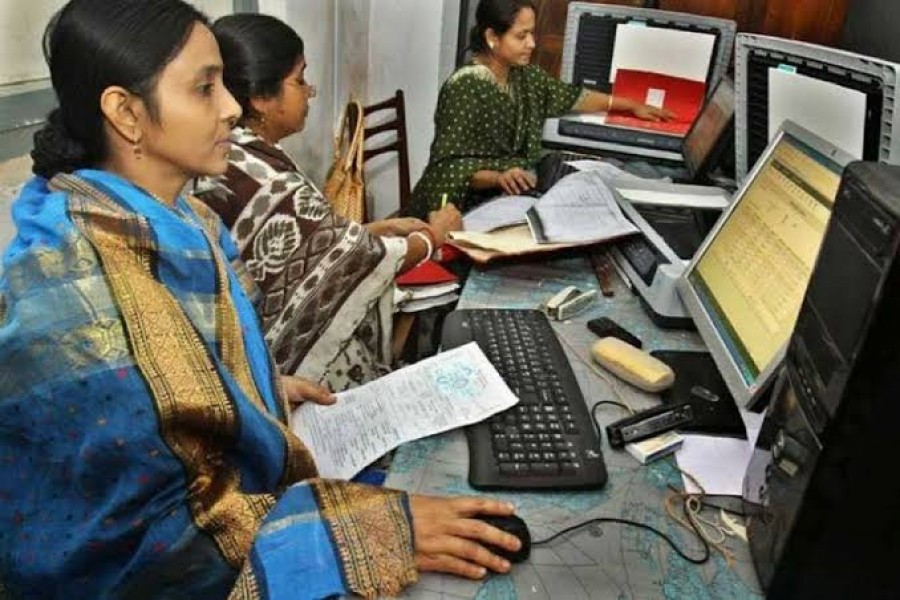The finding of a sample survey that institutional loans are still eluding small women entrepreneurs is truly disappointing. The survey carried out recently by the Bangladesh Institute of Bank Management (BIBM) has revealed that a paltry 3.01 per cent of loans disbursed by banks and other financial institutions to small enterprises went to women-run ones in 2018. Such scanty flow of funds to small enterprises owned by women does not anyway match with the emphasis that the policymakers very often lay on the promotion of women entrepreneurship in the country.
The statistics on institutional loan disbursement does reveal one particular fact that the situation with women's access to formal credit has not changed much even after a few decades. Women entrepreneurs who were fewer in numbers in the 1980s did also complain about lack of access to institutional credit. The main reason behind formal credit remaining beyond the reach of most women entrepreneurs is the banks' unwillingness to compromise with their loan conditions. Banks might agree to lower lending rates by one or two percentage points and disburse collateral-free loans in some specific cases, but they would stick to most other conditions.
The women owning small enterprises, as revealed by the BIBM survey, face difficulties in providing collaterals or guarantors while seeking loans. Nearly three-fourths of women interviewed during the survey, said they did not apply for loans as they could not manage guarantors. Then again, a large number of them said they did not have necessary collateral to offer against loans. Besides, women entrepreneurs find the loan procedures in banks rather complicated.
Thus, they prefer borrowing from relatives or private credit societies that, usually, charge high interest rates. Another notable aspect of the issue is that the majority of women entrepreneurs belong to poor and lower middleclass families. They do have some fear about approaching banks for loans. However, most women entrepreneurs who took bank loans were found to be good borrowers as they repaid loans on time.
It is quite apparent that women entrepreneurs, either for their own shortcomings or for obstacles created by others, are not getting due access to formal credit market. But that should not be the case. More funds need to be made available to the women entrepreneurs running small enterprises. In addition to offering bank loans at affordable rates, the relevant government agencies, particularly those tasked with the job of promoting women entrepreneurship, should educate women about the pros and cons of institutional financing.
That the government attaches due importance to the issue of women empowerment is evident from the preparation of gender budgets at the beginning of every financial year. The government's policy strategy in this connection has seemingly paid off. As far as Gender Gap Index is concerned, Bangladesh's performance is above the global average and the best in South Asia. However, in the matters of narrowing the gender-based economic gap through promoting women entrepreneurship it has not been able to make any notable progress. So, this is the area where the government will have to act seriously and help eliminate barriers, financial or otherwise, to the development of small and medium enterprises owned by women.


